Mass spectroscopy
Type of resources
Topics
Keywords
Contact for the resource
Provided by
Years
Formats
Representation types
Update frequencies
-
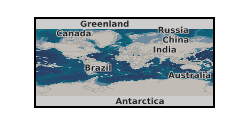
The MexiDrill core was dated using a range of methods, including radiocarbon. Samples of sediment were pretreated (acid-only) at the 14CHRONO Centre according to established protocol, and measured using Accelerator Mass Spectrometry (AMS). The plain-text file lists the uncalibrated AMS radiocarbon dates, with the following columns: UBA ID, date submitted, MexiDrill sample ID, radiocarbon age, and lab error.
-
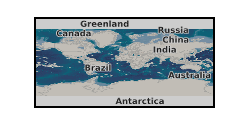
The dataset contains three subsets: 1) W isotope data for reference materials and geological samples, 2) Pb isotope data for reference materials and geological samples and 3) Mo isotope data for reference materials and geological samples. The data was collected over a period of about two years in two different laboratories (University of Manchester and University of Bristol) using multi-collector ICPMS techniques. A description of the methods used to obtain the W and Mo isotope data can be found in Willbold et al. (2011) and Willbold et al. (2016). The determination of the Pb isotope data is detailed in Freymuth et al. (2016). The data of reference materials (standard solutions and geological reference materials) is used to assess the reproducibility and accuracy of the mass spectrometric setup at the time and used as uncertainty estimate for the geological sample data. References: Freymuth, H., Elliott, T., van Soest, M., Skora, S., 2016. Tracing subducted black shales in the Lesser Antilles arc using molybdenum isotope ratios. Geology 44, 987-990. Willbold, M., Elliott, T., Moorbath, S., 2011. The tungsten isotopic composition of the Earth's mantle before the terminal bombardment. Nature 477, 195-198. Willbold, M., Hibbert, K., Lai, Y.-J., Freymuth, H., Hin, R.C., Coath, C., Vils, F., Elliott, T., 2016. High-Precision Mass-Dependent Molybdenum Isotope Variations in Magmatic Rocks Determined by Double-Spike MC-ICP-MS. Geostandards and Geoanalytical Research 40, 389-403.
-

The data forms the basis of the paper Novella et al (2020 (https://doi.org/10.1016/j.epsl.2019.115973) and full interpretation can be found there. Basalt glass chips were supplied by Bramley Murton (Southampton) and the sample contexts are detailed in https://doi.org/10.1093/petrology/43.11.1987. New trace element data is provided for the clean basaltic glasses (all reported in ppm). The Vanadium isotope composition (del51V) is also reported for these chips. Uncertainties in these analyses are provided as 2-sigma. Updated estimates of the ferric iron content of these chips also provided, based on recalibration of the data reported by Shorttle et al 2015 (https://doi.org/10.1016/j.epsl.2015.07.017).
-
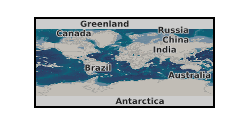
We undertook U-Pb analysis - both high precision ID-TIMS and high spatial resolution LA-MC-ICP-MS – to determine the age of the Wensleydale Granite. This was done in order to resolve the ambiguity surrounding an earlier (1974) Rb/Sr age determination.
-
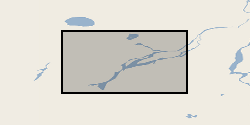
Geochemical analyses of melt inclusions, host minerals, and glasses from the 2014-15 Holuhraun eruption, Iceland. Published in: Hartley ME, Bali E, Neave DA, Maclennan J, Halldorsson SA (2018) Melt inclusion constraints on petrogenesis of the 2014–2015 Holuhraun eruption, Iceland. Contrib Mineral Petrol 173:10. doi:10.1007/s00410-017-1435-0
-
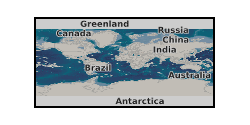
This dataset contains major, trace, and volatile element contents, and sulfur isotope ratio data measured in silicate glasses found in volcanic rocks from the Central American Volcanic Arc. The files have been first published as supplementary data in: Taracsák et al. (2023): Sulfur from the subducted slab dominates the sulfur budget of the mantle wedge under volcanic arcs, Earth and Planetary Science Letters, 601:117948 The data is also accessable via the following DOI: https://doi.org/10.1016/j.epsl.2022.117948
-
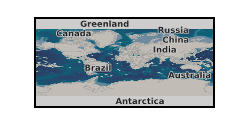
Terrestrial palaeo-environmental proxy data has been collected to examine orbital changes in wildfire activity in the Early Jurassic of the Mochras Borehole, Cardigan Bay Basin, Wales. To do this a high resolution charcoal abundance dataset was created and quantified in two size fractions, microscopic charcoal (10-125 µ) and macroscopic charcoal (>125 µ). To take potential changes in riverine influx and/or organic preservation in account on the charcoal abundance, palynofacies were analysed to document all terrestrial and marine organic particles present in the samples, and next to this, X-ray fluorescence data was gathered to assess detrital output. Mass spectrometry provided information on the carbonate and Total Organic Carbon content and bulk organic carbon isotopes. This information was used to look at changes in the lithology and the carbon cycle. Finally, clay mineralogical data was obtained to look at changes in the hydrological cycle in relation to wildfire activity. This dataset spans 951-934 mbs from the Mochras borehole, which is the time equivalent of ~350 kyr, in the Margaritatus Zone of the Upper Pliensbachian. The Mochras sediments have been deposited in the Cardigan Bay Basin, Wales. At the time of deposition, this location was positioned in the Laurasian Seaway at a paleolatitude of ~35°N. These datasets were obtained at a high resolution (10 cm) using X-ray diffraction, X-ray fluorescence, mass spectrometry and palynological preparations. This high resolution was acquired to analyse the presence of precessional orbital forcing on wildfire and the other proxy datasets. This data was collected, interpreted and analysed by Teuntje Hollaar, Claire Belcher, Stephen Hesselbo, Micha Ruhl, Jean-Franҫois Deconinck, Sarah Jane Baker and Luke Mander. The complete dataset presented in the published article file ‘Wildfire activity enhanced during phases of maximum orbital eccentricity and precessional forcing in the Early Jurassic’ has been included in this data file.
-
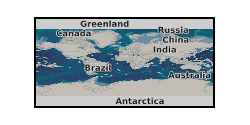
Final Report for UKCCSRC Call 2 Project C2-189. Novel Reductive Rejuvenation approaches for degraded amine solvents from PCC in power plants.
-
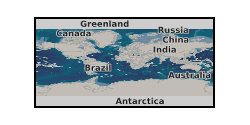
Sample locations and geochemical data from the Aurora Ni-Cu-PGE magmatic sulphide deposit, Northern Bushveld Complex, South Africa. Samples were taken from two boreholes on the La Pucella farm, courtesy of Pan Palladium Limited. This data contains petrological photographs; scanning electron microscope element maps and identification of platinum group minerals and precious metal minerals; and trace element concentration of ore minerals. This data was collected as part of the TeaSe consortium NERC grant in order to determine the concentration and hosting of critical and precious metals in various types of ore deposits and barren rocks from different geological environments. This data was collected and interpreted by researchers at Cardiff University and is used in a paper, available at https://doi.org/10.1016/j.oregeorev.2019.02.008.
-
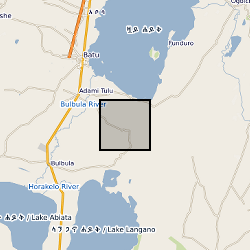
Geochemical analysis of and Ar/Ar dating for volcanic samples from Aluto volcano, Ethiopia. Data are referenced in Hutchison et al., 2016c: The eruptive history and magmatic evolution of Aluto volcano: new insights into silicic peralkaline volcanism in the Ethiopian rift; https://doi.org/10.1016/j.jvolgeores.2016.09.010
 NERC Data Catalogue Service
NERC Data Catalogue Service